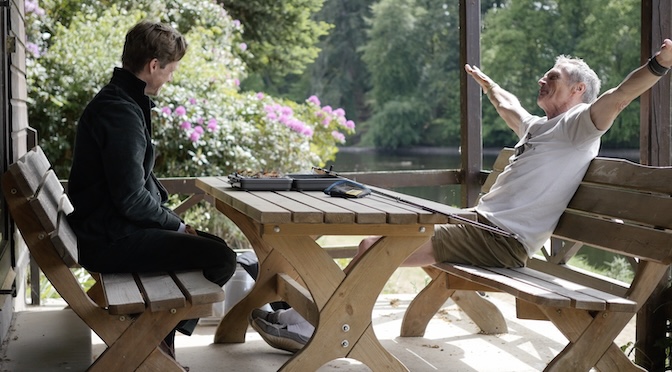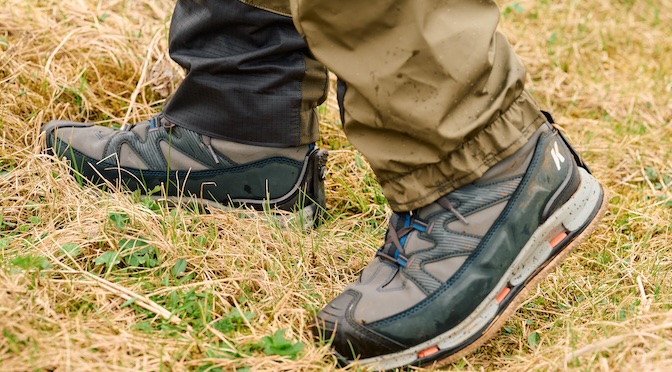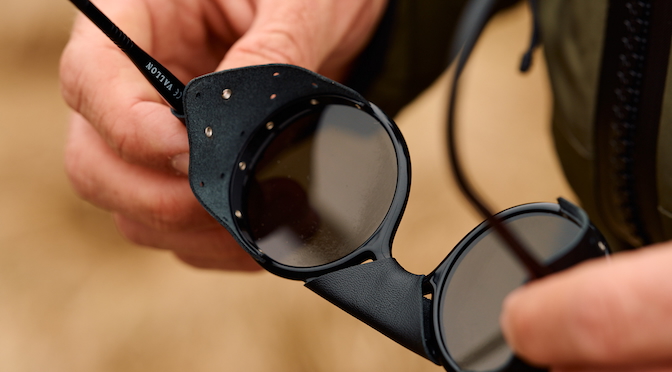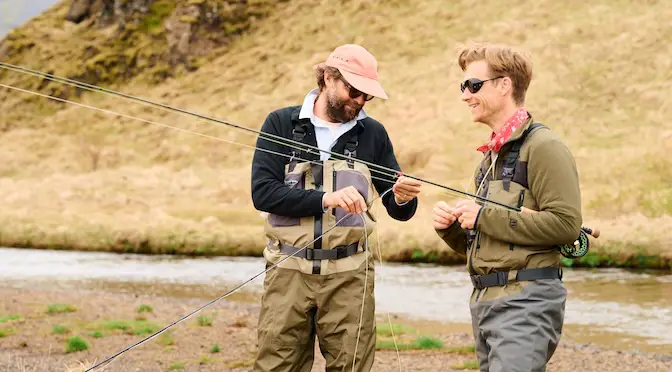Last updated on January 9th, 2024.
- Wading Wisdom #13 – Simon Gawesworth - July 7, 2025
- On the Water with the Korkers Bantam Lite - June 26, 2025
- How to Find Trout in Rivers & Streams Anywhere - June 13, 2025
The Pacific Northwest is home to some of the finest fisheries of North America. Native Fish Society works to keep it that way.
We spoke to Executive Director Mark Sherwood about current projects, future challenges and the effects of the Covid19 pandemic on local fisheries.
What’s the core of your work at Native Fish Society?
Native Fish Society exists to cultivate a groundswell of public support needed to revive abundant wild fish. We envision a Pacific Northwest with free-flowing rivers, thriving local communities, and healthy populations of native fish. Our work is focused on forging lasting relationships to educate, inspire, and mobilize everyone in keeping fish and rivers forever wild. We accomplish this work through policy and advocacy efforts. We also do coalition building, conservation campaigns, and grassroots trainings.
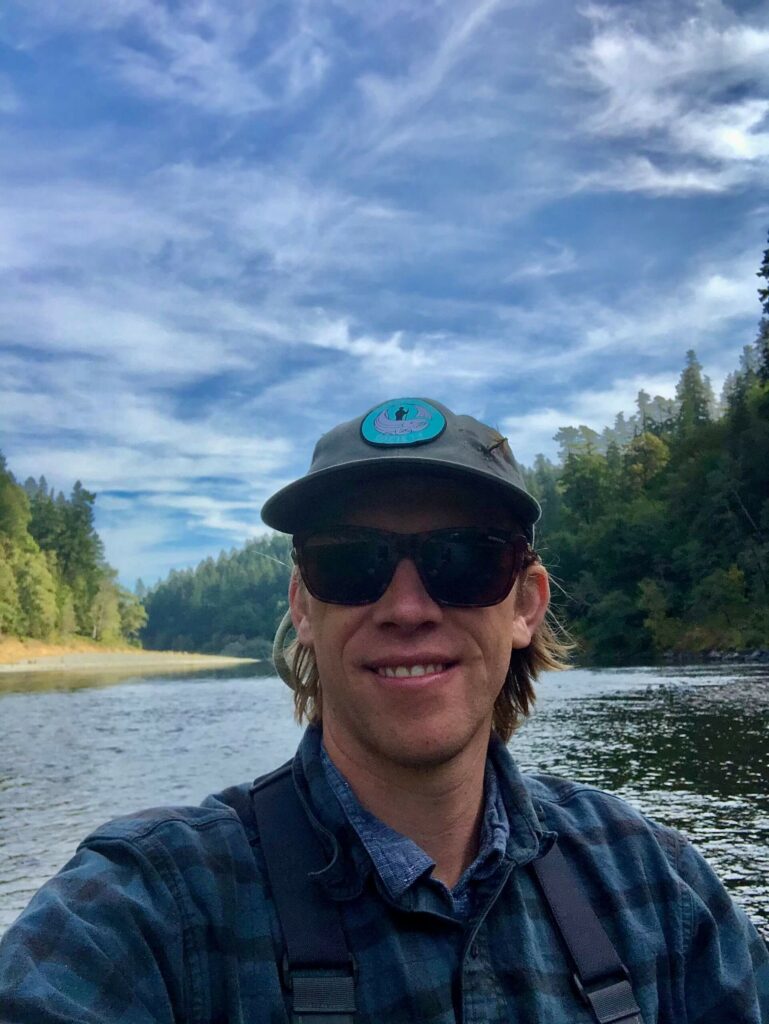
What are the most imminent threats to wild fish in the Pacific Northwest?
Hydropower dams, habitat loss, over-harvest (or overfishing), and hatcheries. These are commonly described as the four root causes of wild fish declines. They are also called the “four H’s.”
Hydropower dams and instream barriers physically block fish from accessing upstream habitats. For example, in the Columbia River Basin, which drains an area the size of France, dams block over 55% of spawning and rearing habitats.
Habitat loss includes a laundry list of actions that pollute water. It also reduces the ability for streams to naturally sustain native fish. In the Pacific Northwest, over 90% of extinct or declining native fish populations are associated with habitat loss.
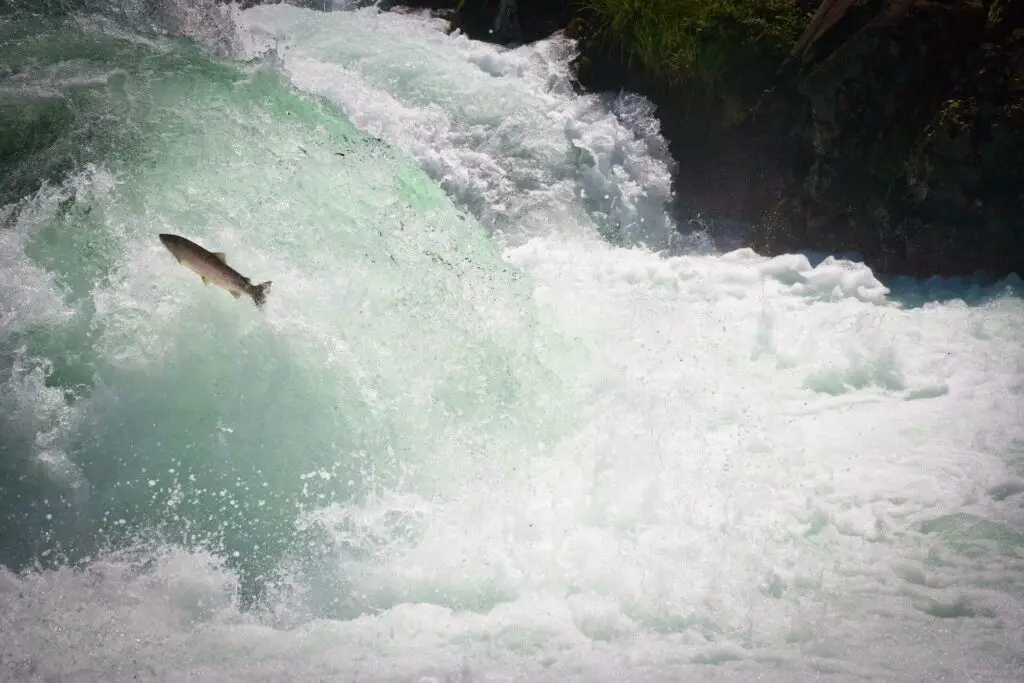
Over-harvest harms wild fish populations. It reduces the number and diversity of fish left to spawn and support future runs. For example, ocean fisheries were harvesting over 80% of Oregon Coastal Coho Salmon during the 1980s. This over-harvest weakened the overall health of the population. It came to the point where the run collapsed in the late 1990s. Only through citizen based petitions to protect the fish under the Endangered Species Act was harvest reduced to sustainable levels putting these fish on the path to recovery.
“660,000,000 baby hatchery salmon and steelhead
were released into rivers in 2019“
Hatcheries manufacture cookie-cutter salmon that reduce the abundance and survival of wild salmon, while consuming billions of tax dollars dedicated to support salmon recovery.
Between Oregon, Washington, Idaho, and California, 660,000,000 baby hatchery salmon and steelhead were released into rivers in 2019. The vast majority of these fish are not associated with conservation efforts. They serve for harvest in fisheries. This huge number of hatchery fish compete for food and habitat with wild fish. They reduce the number of wild fish that survive. Hatchery fish return from the ocean as adults and spawn with wild fish. Then they pass along their domesticated traits and weaken the next generation’s ability to survive in the wild. Unlike the other H’s, hatcheries are advanced as a solution to the other H’s. For example, hatcheries were built to make up for habitat lost to dams or unsustainable development and to prop up fisheries that overfished wild fish.
To revive wild fish, we need to invest in restoring habitat, not hatcheries. Native Fish Society advocates for a transition from ailing hatchery populations and degraded rivers to free-flowing rivers and abundant wild fisheries.
What’s the biggest challenge of the next ten years in your work at Native Fish Society?
The biggest challenge facing our coldwater native fish species like salmon, steelhead, and trout in the next ten years is the fifth H – Heat. Climate change is a growing and urgent threat to our native fish. Already, April snowpack in the Cascade Mountains is on average 20% less than it was in 1950. Climate forecasting for the Northwest predicts longer hotter summers, less winter snow, and potentially more rain.
In addition to supporting national and international efforts to limit greenhouse gas emissions, anglers can help safeguard their fisheries in the Northwest by protecting cold-water habitats from development and ensuring that enough water is available instream for fish. Anglers can also carry a thermometer to take data on their local river. They can pause their fishing when water temperatures exceed 65F. If you’re practicing catch and release, you can make sure to use best practices to limit handling and air exposure to the fish.
Fish is going to become an even more sought after resource with a growing world population.
How can that growth and the conservation of wild habitat be served at the same time?
The first thing we can do to serve the world’s growing need for food and conserve wild habitat is to improve our stewardship of the natural world. This may seem too simple on the face of it. But it’s an essential first step. For example, the largest, most sustainable wild salmon fishery in the world is located in Alaska’s Bristol Bay. For more than a decade this fishery has been threatened by the proposed development of a large open pit gold mine – called Pebble Mine.
In 2020, 35 million wild sockeye salmon were harvested as part of the commercial fishery and were exported around the world. Even more impressive, this is a wild fishery that has been commercially fished for over 100 years. It continues to sustainably support tribal, recreational, and commercial fishers. Thankfully, the Army Corps of Engineers just denied a critical permit required for the mine to be developed.
Places like Bristol Bay should not face existential threats from irresponsible development. It would imperil wild fish and the human communities these fish sustain. Likewise, in the Pacific Northwest, our staff and volunteers are working to safeguard free-flowing rivers. They work on removing old dams that cut off habitat, and improve land use practices that degrade healthy habitats for fish. Northwest rivers have a remarkable capacity to nurture and sustain life. However, we need to give them the respect and care they deserve.
“Net-pen salmon also support high levels of salmon parasites
that negatively impact nearby wild juvenile salmon.”
Additionally, we need to refocus our systems of aquaculture to raise species well suited for captivity. Salmon, a long journeying species that mature in the bountiful expanse of the ocean, are not good candidates for a high-density corral. Salmon raised in open ocean net-pens pollute waters with fecal matter and antibiotics. The fish are fed these to endure their tight confinement. Net-pen salmon also support high levels of salmon parasites that negatively impact nearby wild juvenile salmon.
Currently, these net pens are contributing to the decline of wild salmon in Washington state and British Columbia. On the other hand, raising species like mussels, found naturally in high densities with simple and stationary lives, can provide ecological benefits by filtering water while increasing protein resources. We can meet the growing needs of people and the planet if we take better care of our natural world. We need to engage in aquaculture that benefits our ecosystems instead of degrading them.
How does data contribute to conservation compared to ten years ago at Native Fish Society?
In the Pacific Northwest, many wild salmon and steelhead populations received protections under the Endangered Species Act. That was in the early and mid-2000s. With those protections came more robust fish monitoring and data collection. Nearly two decades down the road, those data sets are now becoming increasingly relevant and accurate. For example, randomized surveys for spawning steelhead were initiated in the early 2000s. They were part of a new monitoring protocol designed to provide better information on protected Oregon Coastal Coho salmon.
As a result of this monitoring we have a much better understanding of which populations are doing well and which are doing poorly. With this information we can advocate for specific changes in fisheries management to ensure that each river receives a sufficient number of adult salmon and steelhead to spawn the next generation.
What’s the importance of keystone species?
A keystone is the top center stone in a Roman arch often considered the most important stone in the structure because it holds the entire arch together. The idea of a keystone species draws this architectural concept into the ecological realm. A keystone species supports and holds together an ecosystem containing many other species. If a keystone species is removed from an ecosystem the entire network of plants, animals, and habitat that depend on it collapse.
One well known keystone species is the Pacific Salmon. Biologists have identified 137 wildlife species whose diet depends directly or indirectly on salmon. In fact, the nutrients that salmon gather in the ocean and deliver to Northwest forests, as they die after spawning, are one of the central reasons this region boasts the tallest trees on the planet. The Northwest’s iconic coniferous forests, its native plants, fungi, and abundance of birds, mammals, and insects all rely on salmon – a remarkable keystone species.
Could you explain your programs at Native Fish Society
(river steward, women for wild fish, etc.) a little more?
Three volunteer programs are central to our work building a groundswell of public support for the revival of wild, native fish across the Pacific Northwest. The River Steward Program supports and inspires a network of 76 place-based volunteer advocates who work to build local support for the stewardship of their backyard rivers and native fish. Local advocates are critical for alerting us to threats and opportunities to native fish and for building community support for science based solutions. For example, one of our River Stewards learned that a foreign mining company planned to mine the headwaters of his home stream.
He knew the mine would threaten native fish and the community’s clean drinking water. Through a grassroots effort, hundreds of community members learned about the threat and spoke against the proposed mine. After three years, and with the help of a growing coalition, 40,000 public comments were submitted against the mine to decision makers. Our elected officials joined in support and today 101,000 acres of public lands remain protected from strip mining. That’s the power of a local grassroots advocate.
The Native Fish Fellowship at Native Fish Society is a multidisciplinary volunteer collaboration. It elevates new perspectives, skills, and experiences in our community and environmental work. From drone pilots to anthropologists, we’ve enlisted the help of some remarkably skilled folks. They all share a passion for wild fish. For example, we met a data scientist at a film showing who wanted to lend his skills.
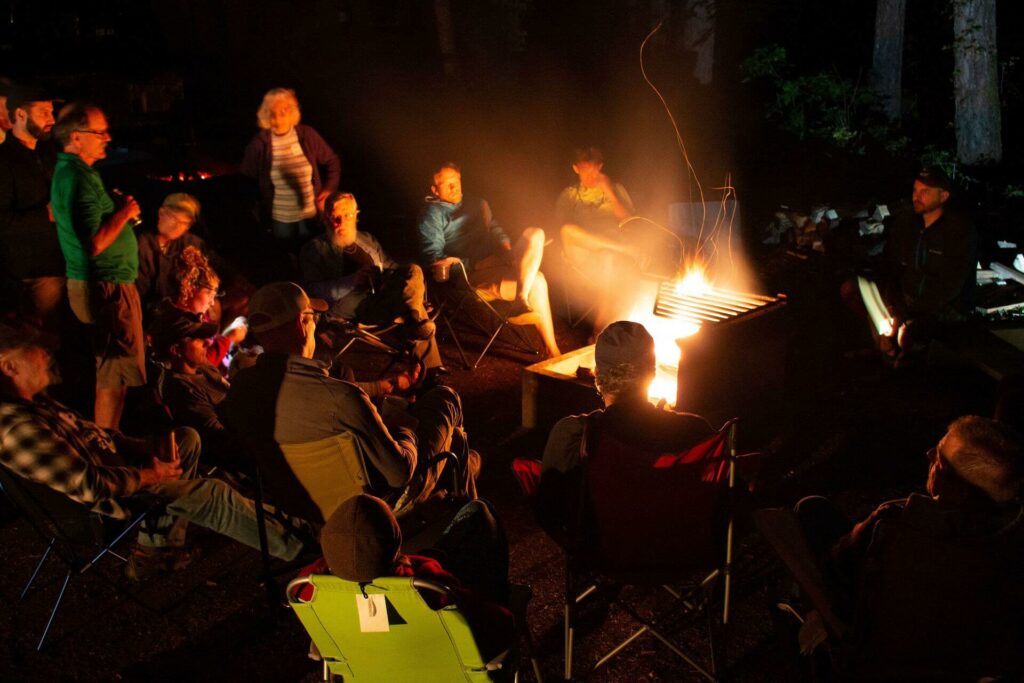
“The Women for Wild Fish Initiative is a movement focused on
encouraging and supporting women who are joining together as
advocates, activists, and leaders in the recovery of wild, native fish.“
We eventually worked together on a publicly available online dashboard. It visualizes all of the hatchery releases in the Pacific Northwest. To our knowledge, this is the first tool of its kind. It transforms more than 6 billion fields of data into a relevant and digestible platform for the public and decision makers. Without this Native Fish Fellow’s remarkable skills, we could never have brought this project to fruition.
The Women for Wild Fish Initiative is a movement focused on encouraging and supporting women who are joining together as advocates, activists, and leaders in the recovery of wild, native fish. In central Oregon, we’re supporting a project led by one of our River Stewards who identifies as a woman. She’s working with volunteers recruited through our Women for Wild Fish Initiative. They collect environmental DNA, eDNA for short, to find and protect threatened Bull Trout in the upper Deschutes River. Bull Trout are native to rivers and streams across the American west. They are protected under the Endangered Species Act. However, not all of the fish and their habitats are accounted for.
eDNA sampling enables volunteers to collect water samples from a number of streams where Bull Trout may be present. They can then be analysed for Bull Trout DNA, confirming their presence or absence. When Bull Trout are confirmed in a stream, protections are overlaid for the habitats and water quality. We couldn’t do this work without the amazing leadership of our River Steward and the Women for Wild Fish community at Native Fish Society. This is just one example of how supporting a diverse community of wild fish advocates gives the fish and our homewaters the loudest voice possible.
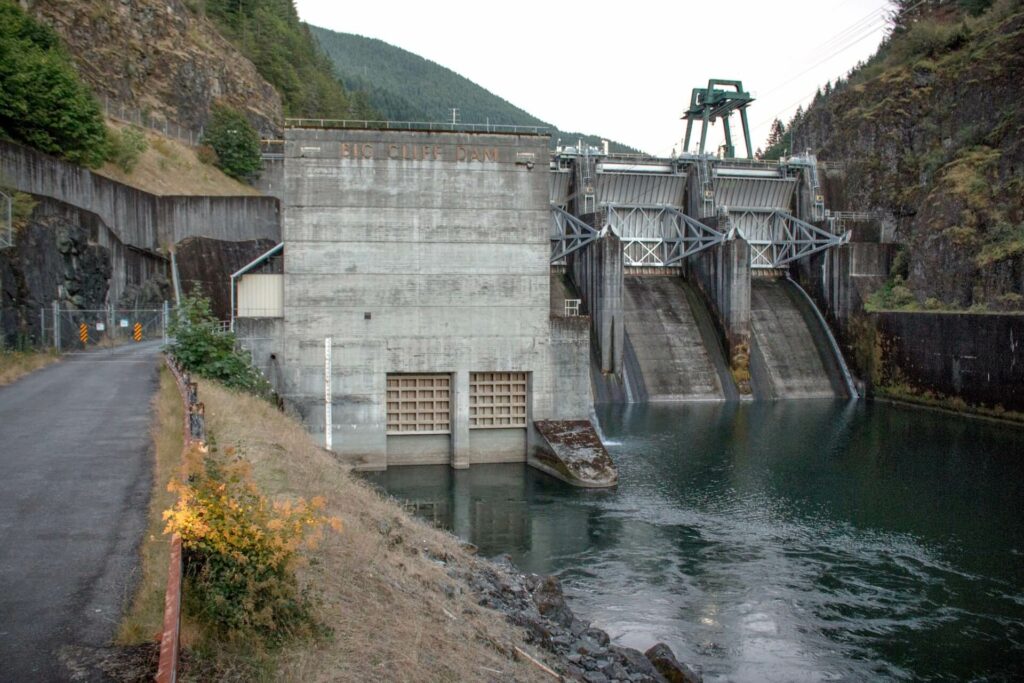
Has Corona and the lockdown had an affect on wild fish/river systems?
One, perhaps unexpected, result of coronavirus and the lock down measures has been increased participation in local outdoor activities. This includes fishing and boating. As a result, many streams are seeing new folks out familiarizing themselves with their local watersheds and drinking water sources. This additional use can lead to abuse, as has been the case in some national parks this past summer. However, it also seems to have reinvigorated interest and respect for the local rivers. These rivers support recreation, wild fish, and sustain our communities.
For many folks exploring their backyard river was the most “normal” feeling place they’ve been in the past eight months. In this way, our work reviving free-flowing rivers and abundant wild fish has never been relevant to more folks and that’s really exciting.
What can the individual fly fisher do to help protect habitats?
As a fellow angler, it’s my hope that through our community’s passion and drive we can stand together. Moreover, we can support the needs of the fish and rivers that give us so much. Even in the most challenging times, I’m reminded again and again that love for rivers and fish can unite people and bring about a better place to live and play.
Hence, we invite you to get involved and support our work however you’re able. Follow the Native Fish Society on Facebook and Instagram. Sign up for our weekly newsletter – Redd It – which provides a quick snapshot of news, actions, and happenings with Pacific Northwest native fish. You can support us financially as a member or a donor. If you’ve got a skill or a talent you’d like to lend to our efforts, send us an email about the Fellowship Program. If you live in the Pacific Northwest and are passionate about your backyard river, get in touch about our River Steward Program.
Thank you to The Wading List for the chance to share our work with your community!

